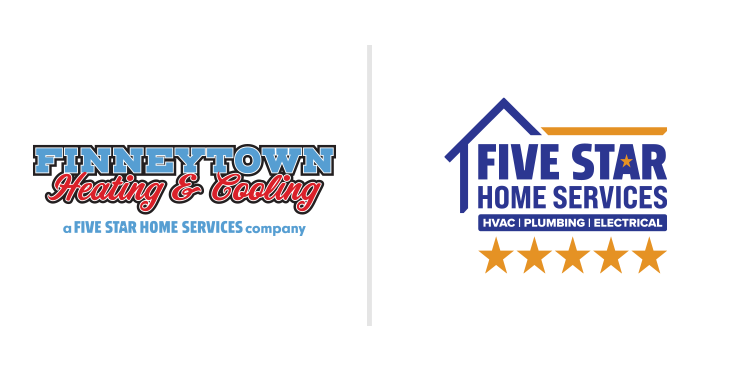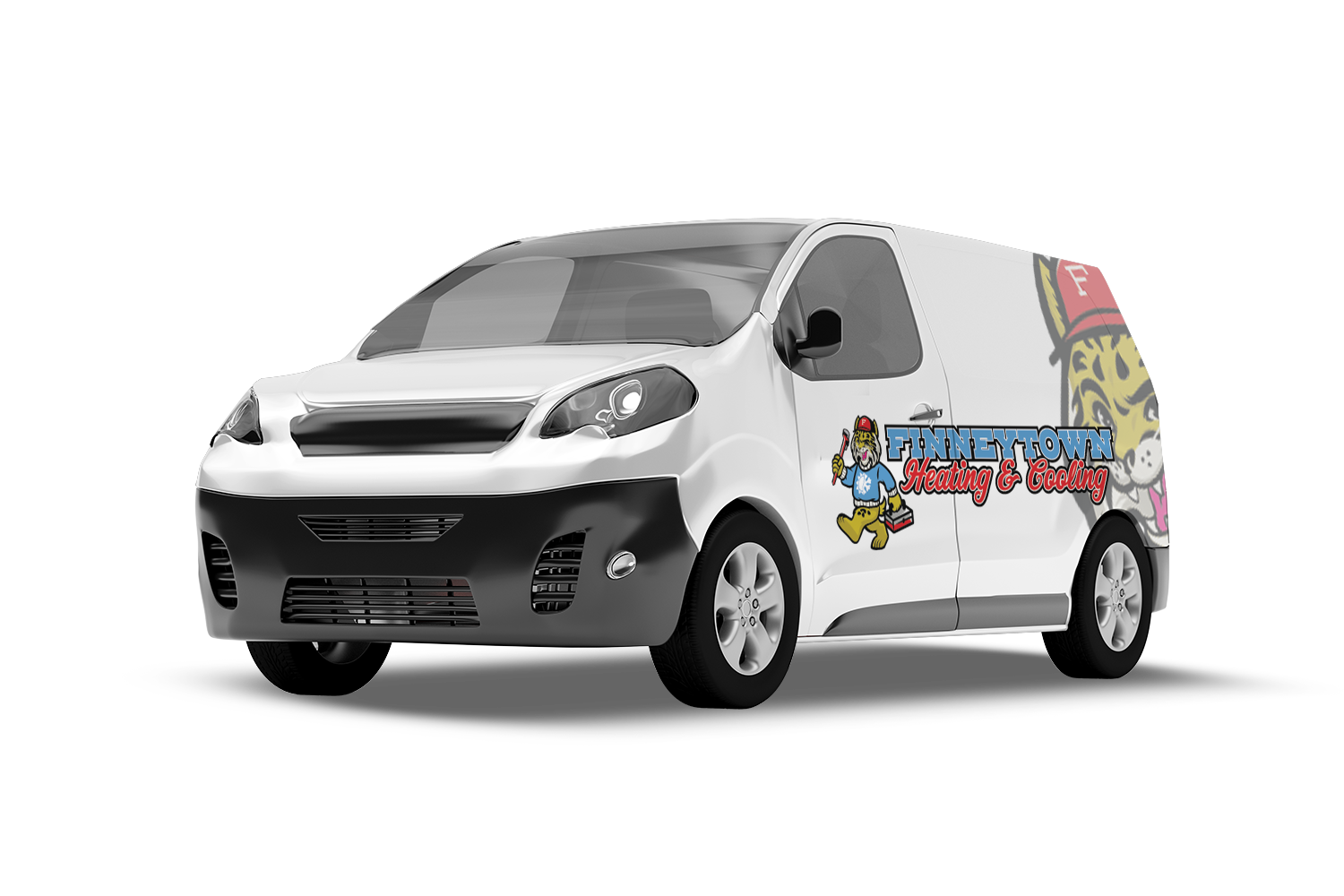Warmer days in Ohio often signal the start of allergy season. This is because Ohio’s diverse climate and landscape contribute to a mix of airborne irritants that can cause hay fever and other allergy-related issues. If you’re battling these allergies, know that you’re not alone! Many Ohioans face the same seasonal challenges. Today, Finneytown Heating & Cooling is here to share some tips to help fortify your home against pollen, dust, and other triggers, helping you to enjoy your spring season.
Just What Is Hay Fever?
Hay fever, also called allergic rhinitis, produces symptoms similar to a common cold. However, these symptoms are not caused by a virus but instead, occur as an allergic reaction to indoor or outdoor allergens. The symptoms include the following:
· Runny and/or stuffy nose
· Watery eyes
· Itchy nose, mouth, or/and throat
· Sneezing
· Coughing and/or puffy and swollen eyelids
What Do I Need to Know About the Ohio Allergen Landscape?
Fun Fact: The 1st day of spring in 2024 is on March 19th!
Understanding the culprits is the first step in defending against them. In Ohio, allergy season mainly occurs in spring and fall due to the widespread pollination of ragweed, trees, and grasses. During these times, there can be a high concentration of airborne pollens. Additionally, Ohio’s unique geography, including lakes, rivers, and extensive farmlands, contributes to a mix of environmental factors that can worsen allergy symptoms. For example, mold spores in the damp Ohio River Valley and the wind dispersing dust and grime in flat farming areas.
How Do I Spot and Combat Common Allergens with Home Solutions?
Remember, it’s easy to blame the outdoors for your watery eyes and itchy throat. However, indoor allergens can be just as powerful. In fact, your home can harbor pet dander, dust mites, and mold that contribute to year-round allergies. Areas like your bedroom, living room, and kitchen can be hotspots for these irritants. To combat indoor triggers, here are some simple yet effective household tips:
1. Dusting: Create a weekly dusting schedule and use a damp cloth or microfiber duster to effectively remove dust. Don’t forget to clean hard-to-reach areas such as ceiling fan blades and shelves.
2. Vacuuming: To effectively capture small particles, use a vacuum cleaner equipped with a HEPA filter. Vacuum high-traffic areas at least twice a week, and don’t forget to vacuum upholstered furniture as well.
3. Curtains and Drapes: These can become breeding grounds for dust and dander. Clean or vacuum drapes every few months, and let in sunlight to reduce moisture. If your curtains can be washed, make sure you include them on a regular washing schedule.
4. Washing: It is essential to wash curtains, blankets, and bed sheets regularly.
5. Air Filters: Keeping your HVAC system clean and efficient is essential for managing indoor air quality (IAQ). Your first line of defense is high-efficiency air filters. Remember to change them as recommended, usually every 30 to 60 days during periods of heavy use.
6. Showers: For individuals with severe allergies, it is advisable to promptly shower after spending a prolonged duration outdoors. Cleansing your body of pollen and particles as soon as possible is a prudent approach to reduce the likelihood of allergen particles being brought indoors and exacerbating symptoms.


Fact: Hay Fever affects 1 in 5 people at least once in their lifetime!
How Do I Identify and Fight Common Allergens with Professional Solutions?
Keep in mind that modern technology can help create an allergen-free home. Professional services and smart devices provide convenient and effective air purification. Here are a few notable options:
· Duct Cleaning – Duct cleanings are a great option for reducing allergens and dust in your home. They can also help with humid environments by preventing the dispersion of mold spores and other airborne contaminants. You don’t need to have your ductwork professionally cleaned very often. Generally, every 3-5 years is recommended. This helps maintain good indoor air quality (IAQ) and ensures a healthier home environment.
· The iWave – The iWave air purifier is an advanced whole-home purification system that works with your HVAC system. It uses a state-of-the-art needle-point bi-polar ionization generator to capture and eliminate allergens, pathogens, and pollutants from your home’s air. It also helps eliminate odors, reduce dust buildup, and improve overall air quality. Additionally, it can extend the life of your HVAC system. The iWave is a low-maintenance and silent solution that works seamlessly with your existing HVAC system, ensuring pure air in every room.
· A Whole-home Dehumidifier – Mold grows in damp, warm environments. And as you know already, Ohio’s summers and river valleys create the perfect climate for its growth. A dehumidifier not only reduces moisture but also improves air quality by keeping humidity levels low. Moreover, a whole-home dehumidifier can help eliminate musty odors. Therefore, you should consider investing in a whole-home dehumidifier that covers the square footage of your home’s most occupied areas for improved indoor air quality.
· A Smart Thermostat – Having a smart thermostat can help improve your home’s indoor air quality (IAQ). With the ability to monitor humidity levels, it can alert you when attention is needed. Additionally, it can notify you when your HVAC air filter needs changing. It’s a helpful reminder to have amidst the busyness of daily life!
If you want to add any of these beneficial components to your home or schedule a duct cleaning service, please give us a call. We are here to help you breathe easier in your own home!
Improve your indoor air quality with these practical tips. You have the power to control your indoor environment. As we conclude our discussion on home allergens, our aim is to empower readers with knowledge and practical solutions. Remember, achieving a breathable, allergen-free home is possible by understanding, identifying, and effectively combating these microscopic intruders.
Breathe easier with Finneytown Heating & Cooling. You can call today at (513) 935-0440, or schedule an appointment now by clicking here!









